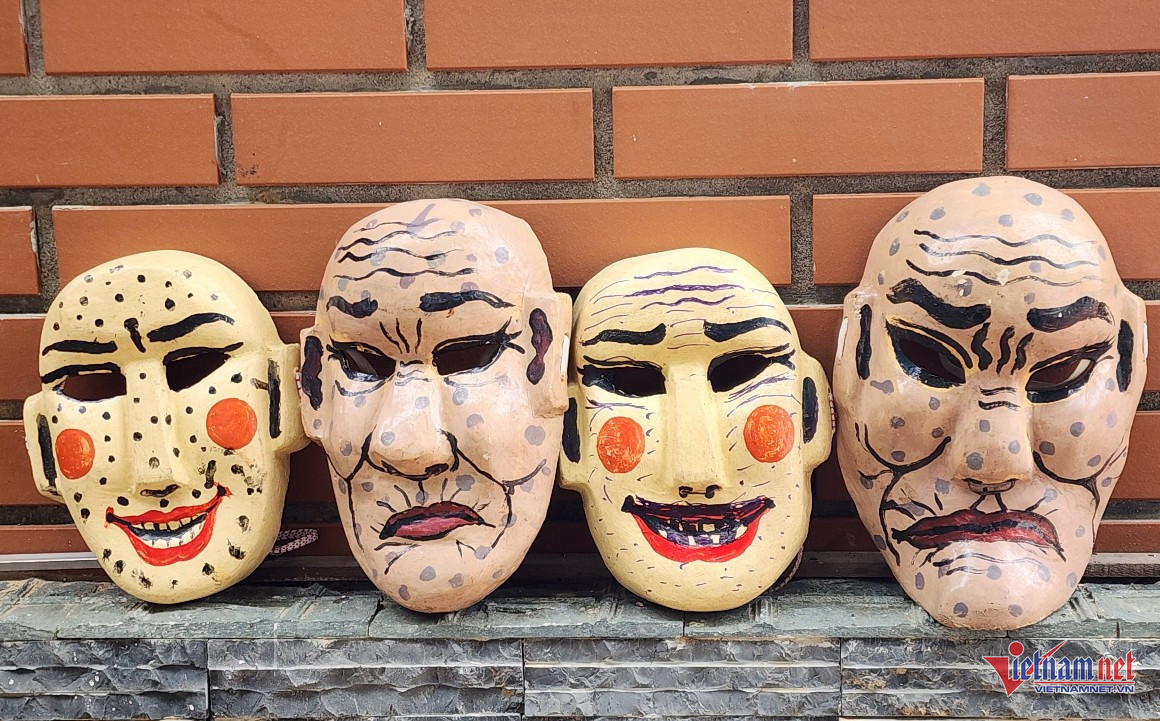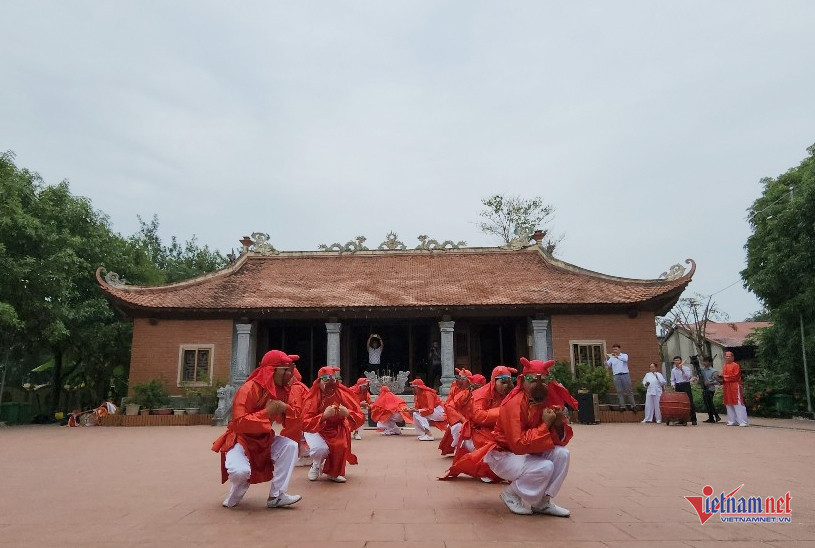Tinh Le
Recognized as a National Intangible Cultural Heritage in 2016, the Xuan Pha folk performance has transcended its local roots to become a cherished symbol of Vietnam’s cultural heritage.
A unique folk tradition
According to experts, Xuan Pha originated during the Dinh Dynasty (968–980) and flourished under the Le So Dynasty.
The performance features five distinct folk dances collectively known as Ngu Quoc Lan Bang Do Tien Cong (Tributes from Five Neighboring Countries). Each dance symbolizes a foreign delegation presenting tributes to the ancient Vietnamese court:
Hoa Lang: Representing the Kingdom of Goryeo (Korea).
Tu Huan (Lục Hồn Nhung): Depicting a northern tribe of Dai Co Viet.
Ai Lao: Representing the Thai-Lao people.
Ngo Quoc: Symbolizing an ancient Chinese kingdom.
Chiem Thanh: Representing the Champa Kingdom.
The performances are held annually from the 9th to the 12th days of the second lunar month at the Xuan Pha Shrine in Xuan Truong Commune, Tho Xuan District, Thanh Hoa Province.
A dance of rich cultural symbolism
Hoa Lang Dance: Dancers wear vibrant costumes, including long robes, high leather hats, and bovine-leather masks painted white. The dance features characters such as the elder, the grandchildren, and ten soldiers, illustrating diplomatic ties with artistic elegance.
Tu Huan Dance: This act symbolizes a tribute from a Mongol-like tribe. Performers wear straw hats and wooden masks depicting characters of varying ages, from a wrinkled elder to children with teeth painted to show their age progression.
Ai Lao Dance: The dance portrays the Thai-Lao delegation, with a leader wearing a winged crown and soldiers dressed in simple uniforms. Accompanied by rhythmic bamboo clappers, it combines depictions of strength and grace.
Ngo Quoc Dance: Featuring two fairies, a leader, and soldiers, this act incorporates fan dances, scarf movements, and synchronized rowing gestures, evoking an ancient Chinese tribute.
Chiem Thanh Dance: Representing Champa, this performance includes characters like a leader, soldiers, and a unique figure called phong. Dancers wear red silk robes and headscarves shaped into tall, pointed horns, adding a striking visual element.
A testament to cultural preservation
Despite its ancient origins, Xuan Pha has been preserved in its original form, thanks to the dedication of local artisans. According to Bui Van Hung, head of the Xuan Pha Traditional Arts Troupe and a Distinguished Artisan, the dance combines courtly refinement with folk ingenuity, making it a cultural treasure.
“Xuan Pha retains its original movements and lyrics without outside influence. This authenticity is what sets it apart from other forms of folk art,” Hung emphasized.
Currently, 22 artisans actively preserve and perform Xuan Pha, including one People’s Artisan and 15 Distinguished Artisans. Notably, 90-year-old Do Dinh Ta, a People’s Artisan, has dedicated his life to the tradition.
Education and community engagement
Efforts to sustain Xuan Pha include teaching it to younger generations through local schools. From elementary to middle school, students learn not just the movements but also the historical and cultural significance behind the performances.
“Teaching the dances is easy, but conveying their cultural and historical depth is a challenge. With patience and support from the local government and community, we ensure that Xuan Pha is not only preserved but also flourishes,” Hung stated.
These efforts, combined with local and provincial initiatives, have allowed Xuan Pha to remain a vibrant part of Vietnam’s intangible cultural heritage, captivating audiences with its unique blend of artistry and history.





